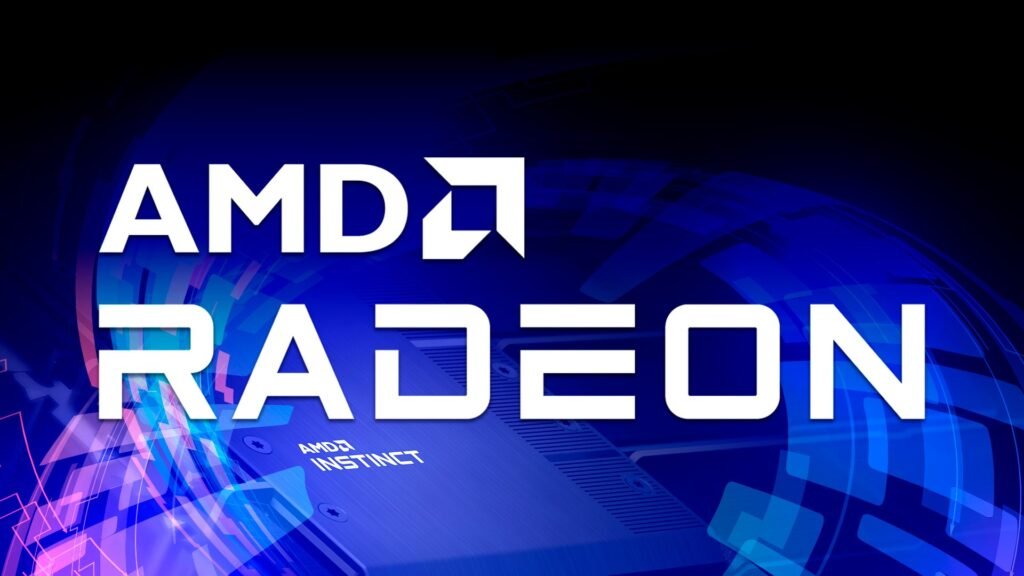Radeon with UDNA: AMD’s possible return to the flagship GPU

A new leak about the RDNA4 successor speaks of AMD’s return to the market for high-end GPUs. The next generation of Radeon graphics cards could take on Nvidia’s RTX series again.
New GPU microarchitecture on the way
AMD had already confirmed in autumn 2024 that it would combine RDNA technology, which is optimized for consumers, with CDNA technology, which is specialized for data centers, for its next generation of GPUs. There will then only be one microarchitecture for both areas under the name UDNA.
Now there is a new post in the Chiphell forum by the usually quite reliable leaker zhangzhonghao (via Digital trends) new information about UDNA revealed. Accordingly, the chips for the next Radeon generation will be manufactured in TSMC’s new N3E process. This significantly increases both performance and efficiency.
AMD’s return to the top league?
Therefore, the leak also states that with this step AMD is returning to the market segment of high-end GPUs that is not served by the current or upcoming RDNA4 cards. There could be Radeon graphics cards again as early as 2026 that compete with the top models from Nvidia’s RTX series.
AMD actually only announced in an interview in September that they would like to concentrate more on the mid-range segment in the future and say goodbye to the race for the absolute top spot in graphics cards. In this way, they said, they wanted to increase their own market share and win over more game developers.
According to these statements, future business should be based more on mass. The news that AMD will be returning to the high-end market, from which it has only just distanced itself, just two years later comes as a bit of a surprise. But of course this is not ruled out.
Impact on the market
But that wouldn’t be bad news for consumers. Then there would not only be more choice, but the renewed competition between AMD and Nvidia would also create a certain pressure that would restrict manufacturers in their pricing.
If customers want to buy a GeForce RTX 5090 at market launch, it will cost an impressive 2,329 euros or more. If AMD re-entered the race, it would be possible that prices would rise at least a little more slowly in the future.
Digital marketing enthusiast and industry professional in Digital technologies, Technology News, Mobile phones, software, gadgets with vast experience in the tech industry, I have a keen interest in technology, News breaking.









